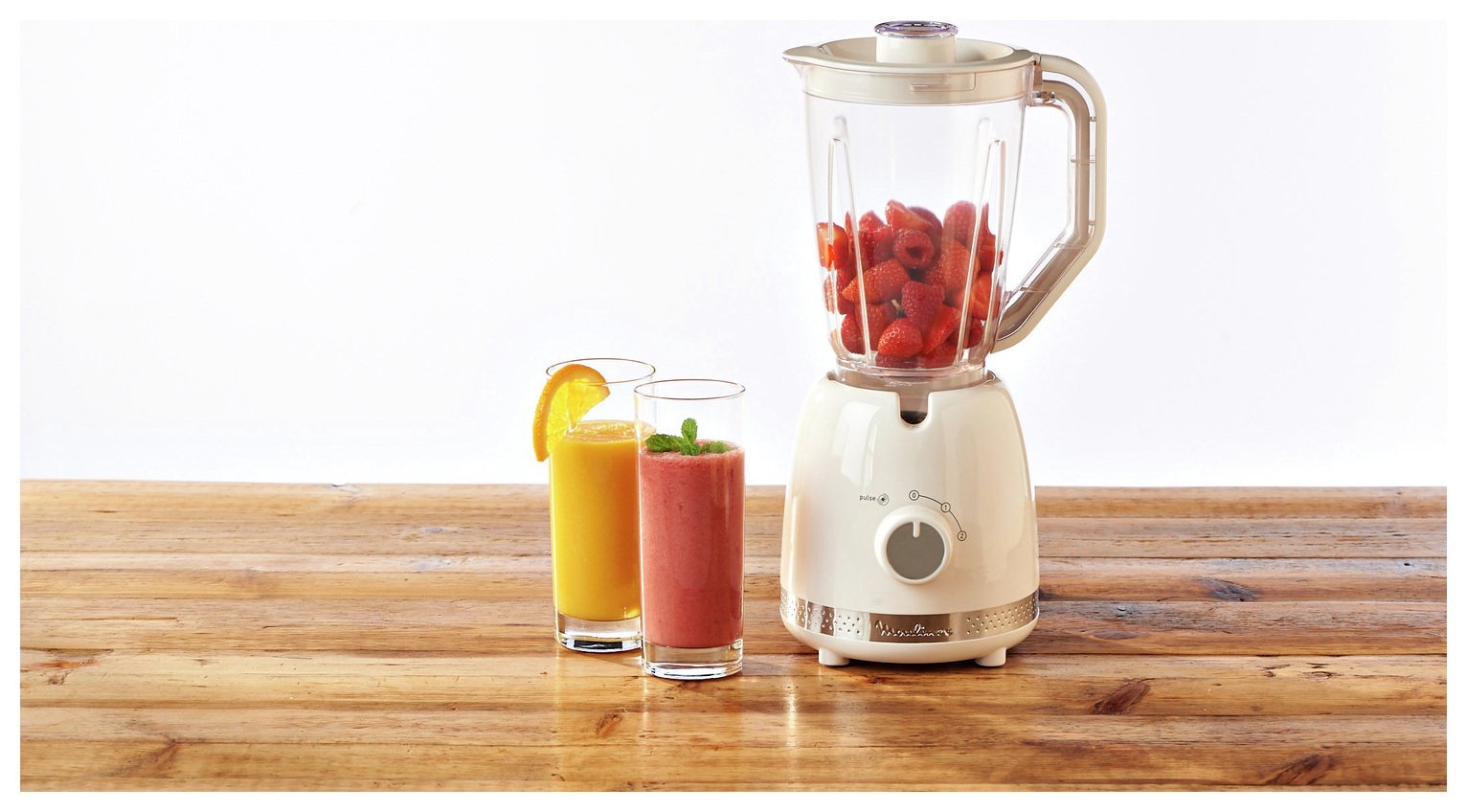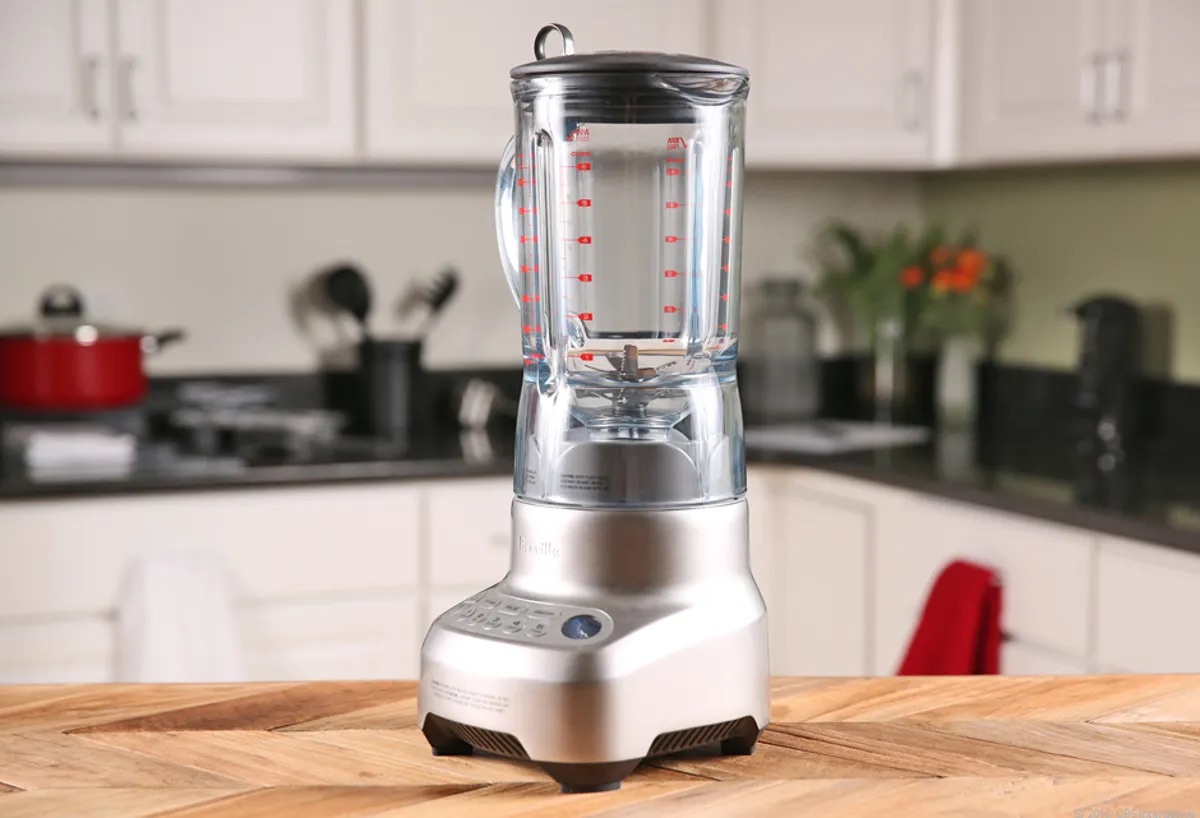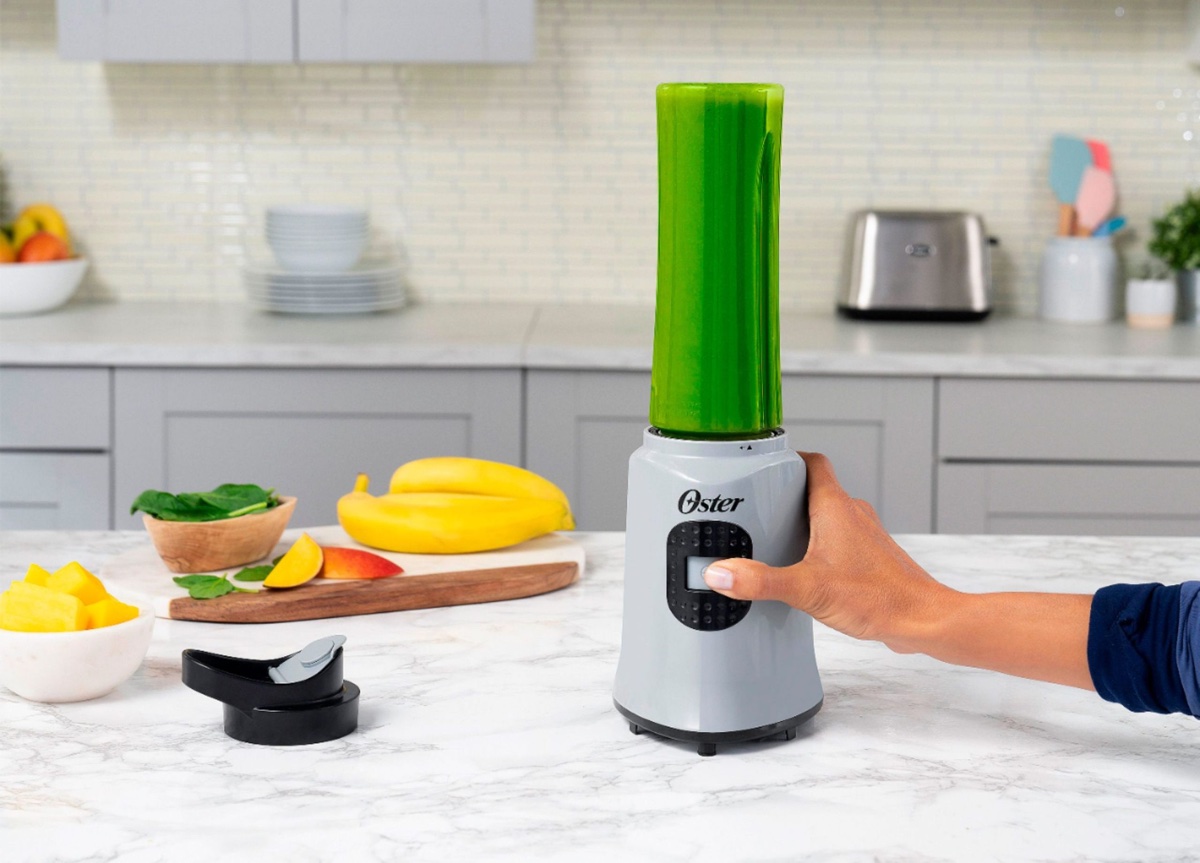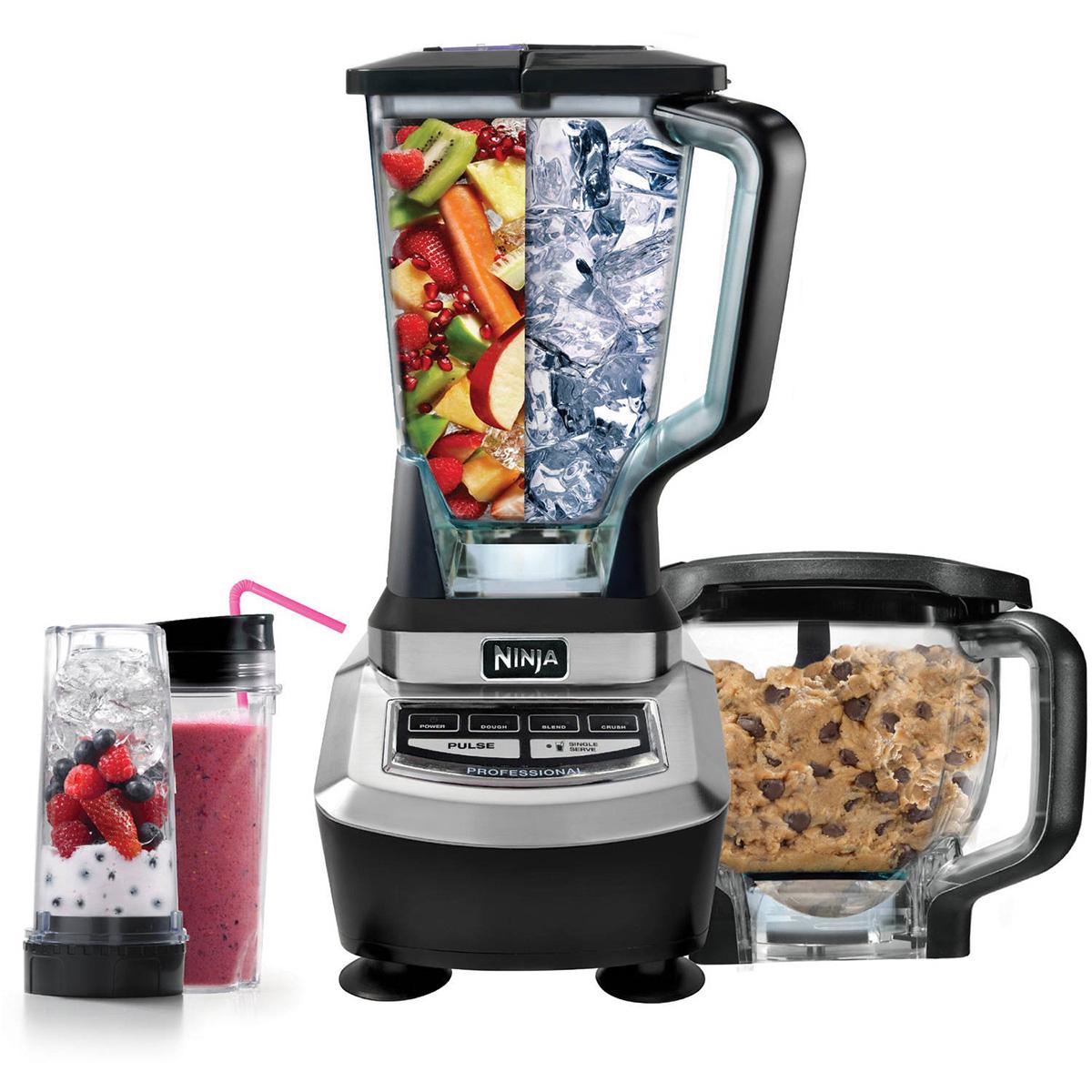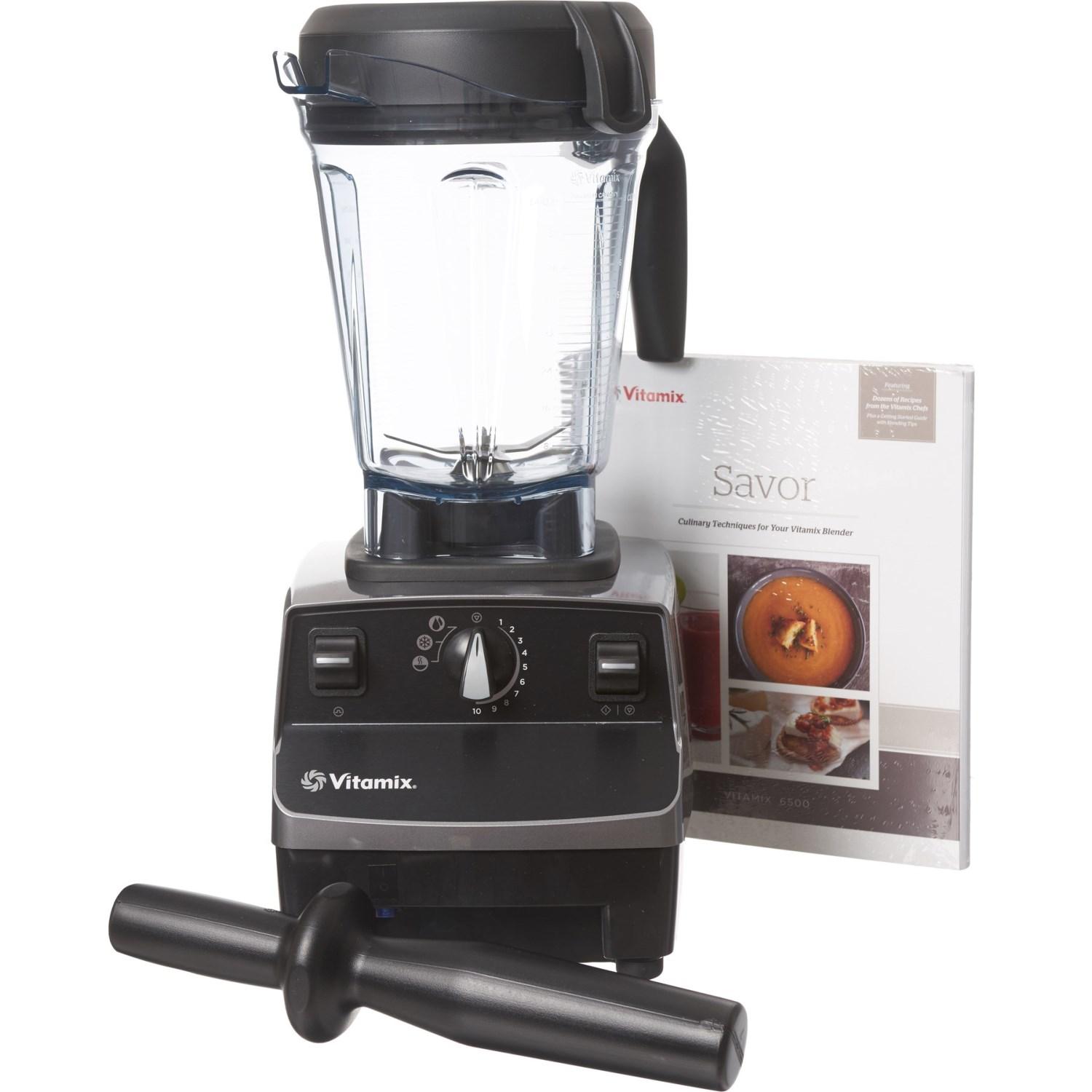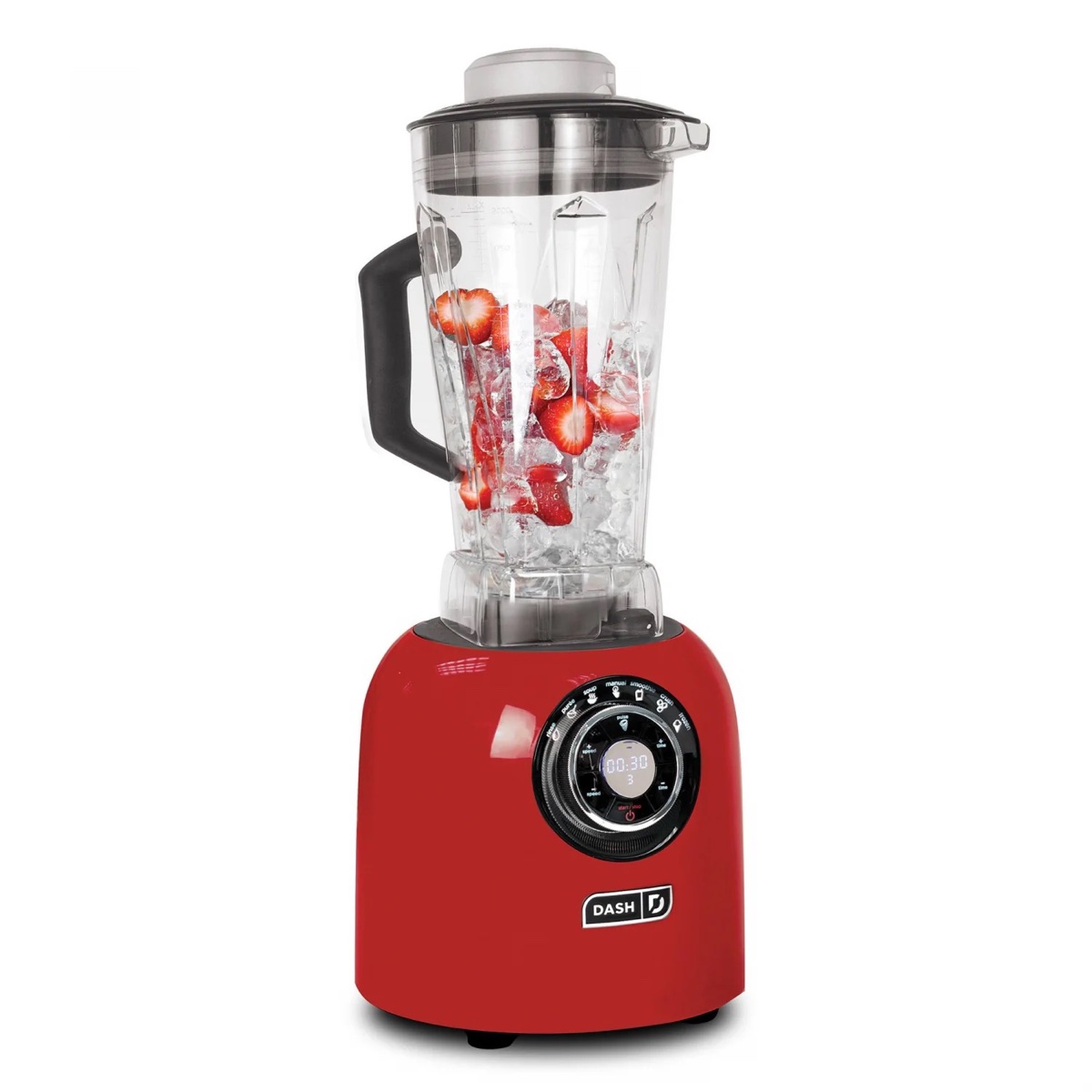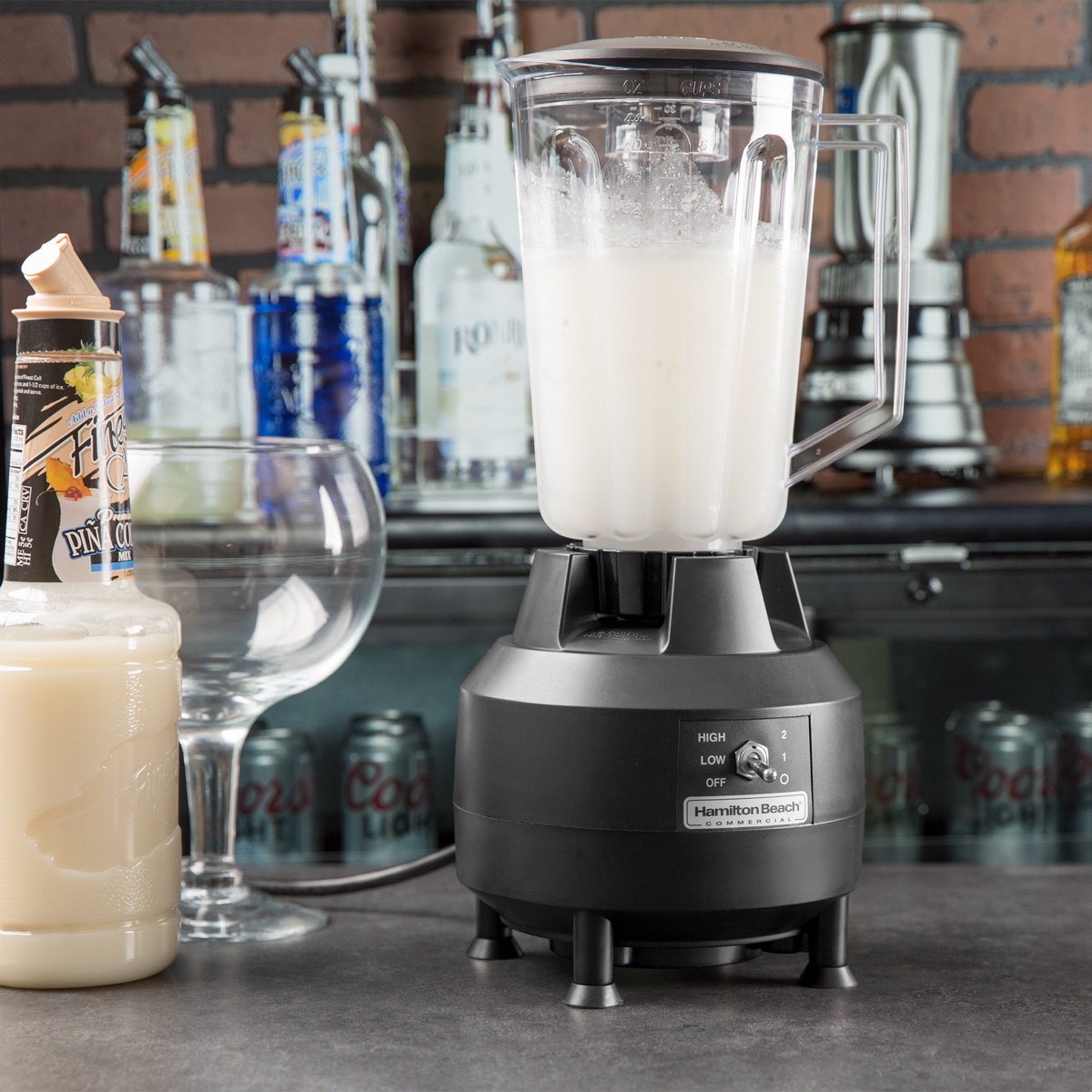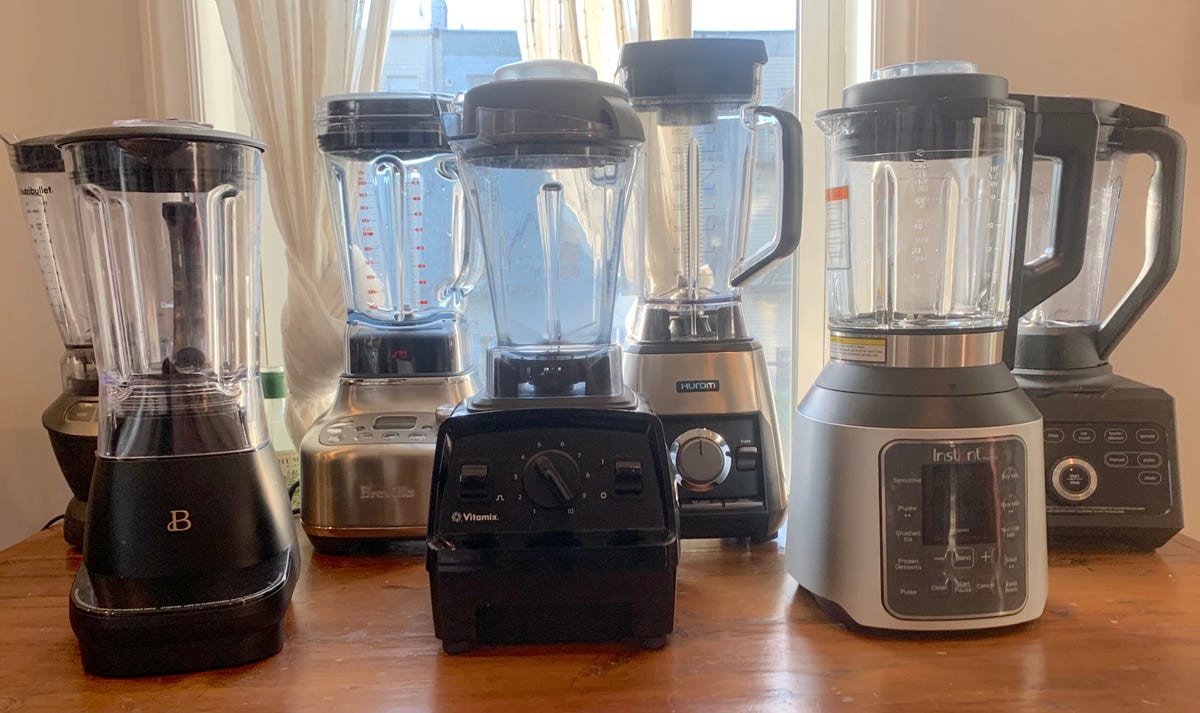Home> Versatile Blender
Versatile Blender: Unleash your Culinary Creativity with Ease
Find the perfect versatile blender for every kitchen task. Effortlessly mix, blend, chop, and more. Explore top-rated options and expert reviews now.
11 Best Ninja Supra Kitchen Blender System With Food Processor, Bl780 for 2024
By: William Harrison • Articles
